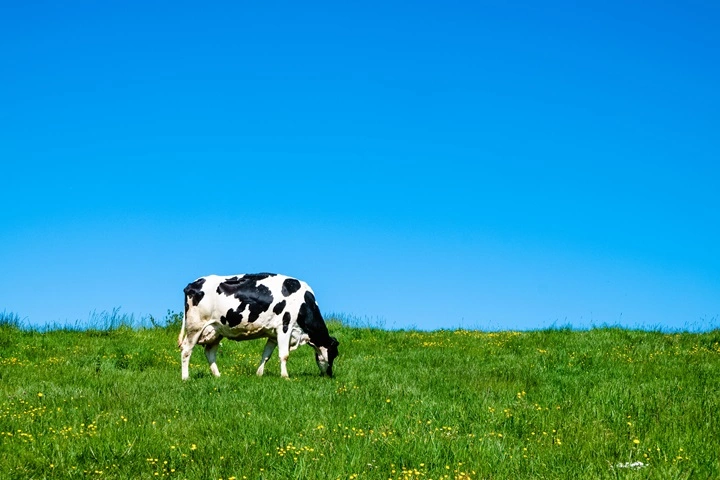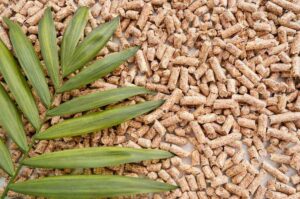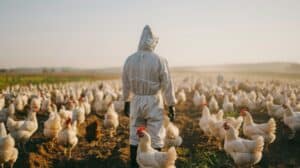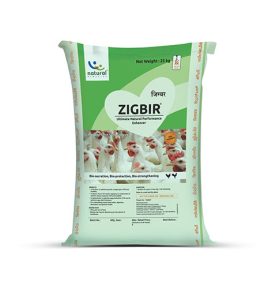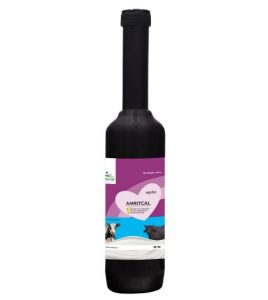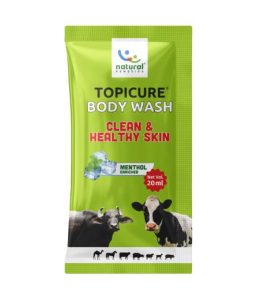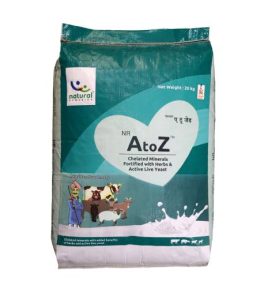Uterine prolapse in cattle is a serious reproductive emergency that requires immediate attention. This condition occurs when the uterus is expelled through the vaginal opening, typically shortly after calving. It is essential for cattle owners and veterinarians to recognize the signs, understand the causes, and administer prompt and effective treatment to ensure the health and reproductive viability of the affected animal.
Causes of Uterine Prolapse in Cattle
Uterine prolapse can be attributed to various factors, including:
- Dystocia (Difficult Calving): Excessive straining during prolonged or difficult labor increases the risk.
- Retained Fetal Membranes: The inability to expel the placenta naturally can lead to excessive traction on the uterus.
- Uterine Atony: A lack of muscle tone in the uterus prevents it from contracting properly after parturition.
- Hypocalcemia: Low blood calcium levels weaken muscle function, making the uterus more prone to prolapse.
- Excessive Handling or Improper Assistance During Calving: Forceful pulling of the calf can contribute to prolapse.
Symptoms of Uterine Prolapse
Uterine prolapse in cattle is easily identifiable due to the presence of a large, reddish mass protruding from the vulva. The prolapsed uterus may hang below the hocks and appear swollen or edematous. Other associated symptoms include:
- Excessive straining and discomfort
- Difficulty standing or walking
- Potential injury or contamination of the exposed uterine tissue
- Risk of shock if not treated promptly
Uterine Prolapse Treatment in Cattle
Timely intervention is crucial to saving the affected cow and preserving future fertility. The following steps outline the standard approach to treating uterine prolapse:
- Stabilizing the Animal: Administering an epidural anesthetic reduces straining and allows for easier manipulation.
- Cleaning the Uterus: The prolapsed tissue must be thoroughly cleaned with a sterile solution to remove dirt and contaminants.
- Reduction of Swelling: Applying hypertonic saline or sugar to the exposed uterus helps reduce edema, making repositioning easier.
- Repositioning the Uterus: With the cow in a sternal recumbent position and hind limbs extended, steady pressure should be applied from the base of the uterus toward the horns to return it to its normal position.
- Ensuring Proper Placement: A hand should be inserted into the uterus to ensure that no internal invagination remains, which could trigger another prolapse.
- Administering Medications: Oxytocin is given to improve uterine tone, and calcium-containing solutions may be administered if hypocalcemia is suspected.
- Using Supportive Measures: In some cases, vulvar retention sutures such as a Buhner stitch may be placed to prevent recurrence.
- Post-Treatment Care: Antibiotics and anti-inflammatory medications help prevent infection and aid recovery.
Role of Pop IN Spray in Recovery
Using supportive therapies like Pop IN Spray can significantly enhance the healing process after treating uterine prolapse. Pop IN Spray is formulated to support reproductive health by promoting tissue repair, reducing inflammation, and providing antiseptic protection. Its use post-treatment helps in:
- Enhancing uterine healing
- Preventing secondary infections
- Reducing inflammation and pain
- Improving overall reproductive recovery
Prevention of Uterine Prolapse in Cattle
Preventative measures can significantly reduce the risk of uterine prolapse in cattle. Key strategies include:
- Balanced Nutrition: Ensuring adequate calcium levels in prepartum and postpartum diets to prevent hypocalcemia.
- Proper Calving Assistance: Avoiding excessive force during difficult calving situations.
- Regular Exercise: Allowing pregnant cattle to move freely helps maintain muscle tone.
- Timely Veterinary Intervention: Addressing retained fetal membranes and treating metabolic disorders promptly.
- Using Supportive Reproductive Care Products: Integrating Pop IN Spray in post-calving care helps optimize recovery and minimize complications.
Conclusion
Uterine prolapse in cattle is a critical condition that requires immediate attention to prevent severe complications, including infection, hemorrhage, and reproductive failure. Understanding the causes and symptoms helps in early intervention, while proper treatment and post-care, including the use of Pop IN Spray, can ensure a smoother recovery and long-term reproductive health. By adopting preventive measures and ensuring proper postpartum management, cattle owners can reduce the risk of uterine prolapse and enhance the overall well-being of their animals.







.png)












.png)



